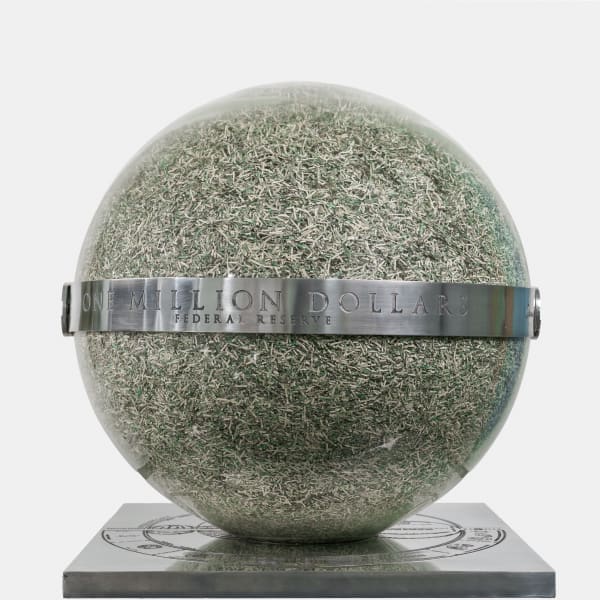Alberto Echegaray Guevara (or Cayman) is an artist and entrepreneur from Argentina, he currently lives and works in Buenos Aires, Argentina. His works explore ancient symbolism, monetary systems and the future of transactional platforms through creating a hybrid relationship between money, technology and universal codes. The projects he produces are created to establish a point of balance between information overload, technology and human sensibility for the creation of collective conciousness. Alberto tries to create a dialogue between nature and technology, a perfect combination of knowledge and intuition, science fiction and natural interacitvity. He holds a Masters in Policy Management (Georgetown University), Graduate of the Ecole Nationale d’ Administration Paris, France and has a Management Diploma from Harvard University. He also holds a BA in International Relations from Westpoint and the Argentina’s Military Academy. He is a former cavalry officer in the Argentine army.
-
My artistic practice is tied to the hidden influence of the global monetary systems, and the effect of consumerism on spiritual values. I have produced site specific sculptures, video-art installations and collages that examine and deconstruct the relationship between society and money.My artwork reflects my fascination with ancient symbols and sacred geometry, the future of currencies and modern society’s obsession with material wealth. In the end, paper money is an optical illusion created by governments and people.
Searching for historical context, I conducted a research inside the Secret Archives of the Vatican, the Museo Real de Sevilla, the Real Casa de Potosi, the Temple of Freemasonry in Washington DC, the European Central Bank, the US Federal Reserve and the US National Archives supported by experts in history and symbolism from Cambridge, Oxford and Harvard University.
I choose the best materials available to make the art pieces, including blown glass from Murano, Italy and the most important global currencies and noble metals available in different corners of the planet, such as gold, silver, platinum and steel. "
-

-




